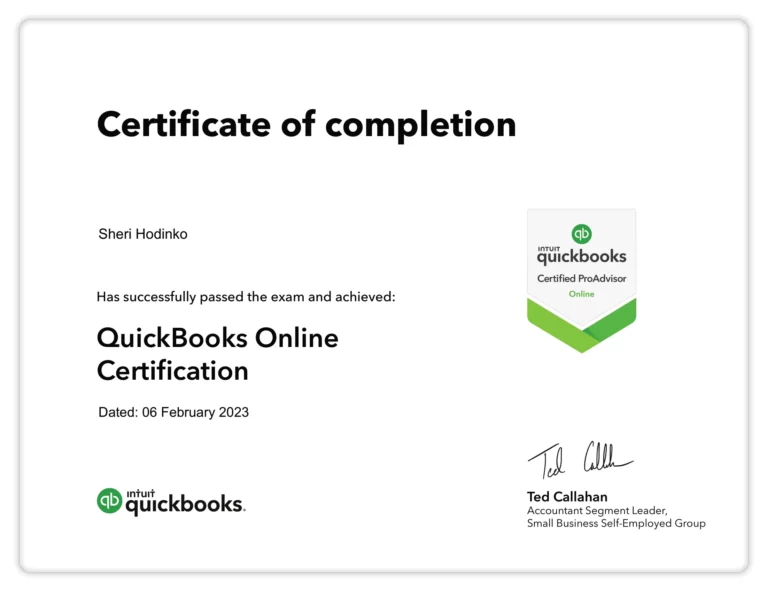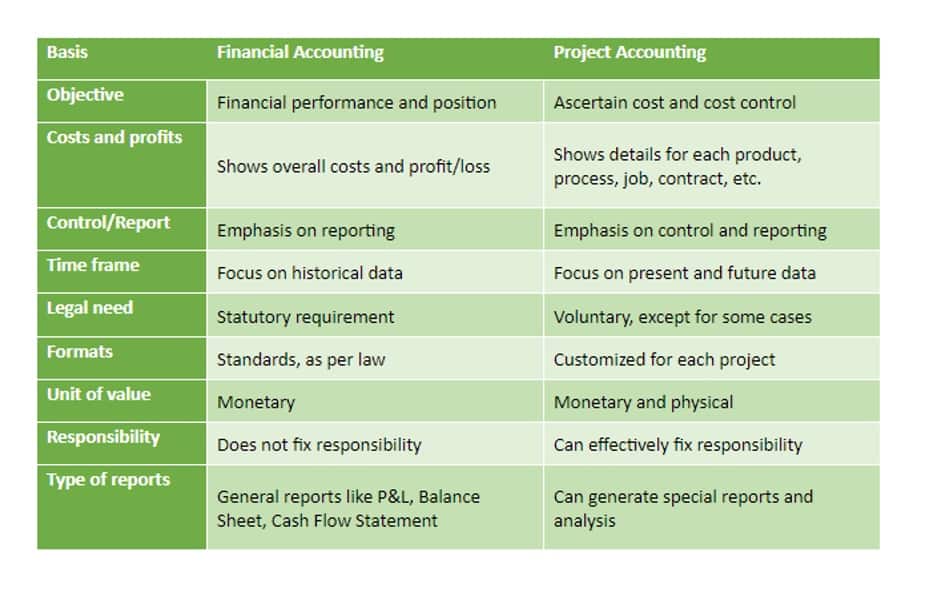
In this example, there is a strong divergence between the company’s revenue and earnings figures and its free cash flow. Based on these trends, an investor might suspect that Company XYZ is experiencing some kind of financial trouble that hasn’t yet impacted headline numbers such as revenue and earnings per share. Positive free cash flow doesn’t always correspond with other indicators used in technical analysis. A company with positive free cash flow can have dismal stock trends, and and vice versa. Because of this, it is often most helpful to focus analysis on any trends visible over time rather than the absolute values of FCF, earnings, or revenue.
Negotiate favorable payment terms with suppliers
The parenthesis enclosed around each figure indicates a negative value – which to reiterate from our earlier section on sign convention – signifies an “outflow” of cash. In the next section, the change in net working capital (NWC) – i.e. the increase / (decrease) in net working capital (NWC) – will be determined. The net working capital in the example above is 1.67, which represents a “positive” NWC. In most cases, this would indicate it is in a liquid, financially stable position. Improving its performance can generate cash to fund value-creating opportunities and reveal insights that improve other aspects of business performance.
- The quick ratio—or “acid test ratio”—is a closely related metric that isolates only the most liquid assets, such as cash and receivables, to gauge liquidity risk.
- It shows how efficiently a company manages its current resources, such as cash, inventory, and accounts payable.
- Free cash flow is an important financial metric because it represents the actual amount of cash at a company’s disposal.
- One pharmaceutical company, for example, substantially improved performance in this area in 2009 and 2010 but by 2013 saw it creep back to precrisis levels as other business priorities diverted attention.
- For example, items such as marketable securities and short-term debt are not tied to operations and are included in investing and financing activities instead.
- In this case, the retailer may draw on their revolver, tap other debt, or even be forced to liquidate assets.
Positive changes in working capital (increase in current assets or decrease in current liabilities):
Additionally, since accountants prepare financial statements that include the information required for the NWC, they may easily calculate and monitor NWC for customers. In the absence of further contextual details, negative net working capital (NWC) is not necessarily a concerning sign about the financial health of a company. Until the payment is fulfilled, the cash remains in the possession of the company, hence the increase in liquidity. But it is important to note that those unmet payment obligations must eventually be settled, or else issues could soon emerge. Since the company is holding off on issuing payments, the increase in payables and accrued expenses tends to be perceived positively. Therefore, the impact on the company’s free cash flow (FCF) is +$2 million across both periods.

Working Capital Formula
Working capital is calculated by taking a company’s current assets and deducting current liabilities. For instance, if a company has current assets of $100,000 and current liabilities of $80,000, then its working capital would be $20,000. Common examples of current assets include cash, accounts receivable, and inventory.
How to Calculate Working Capital
- Although working capital management has long been a business-school staple, our research shows that performance is surprisingly variable, even among companies in the same industry (exhibit).
- To further complicate matters, the changes in working capital section of the cash flow statement (CFS) commingles current and long-term operating assets and liabilities.
- From shifts in market demand to variations in supplier terms, various internal and external factors can influence working capital dynamics.
- Improving its performance can generate cash to fund value-creating opportunities and reveal insights that improve other aspects of business performance.
- Suppose we’re tasked with calculating the incremental net working capital (NWC) of a company, given the following historical data.
- In our hypothetical scenario, we’re looking at a company with the following balance sheet data (Year 0).
Operating net working capital can be viewed as the amount of cash tied up in the net funding of inventory, accounts receivable, and accounts payable. As shown above a change in inventory, accounts receivable, and accounts payable results in a change in working capital and a cash flow in or out of the business. Accordingly this cash flow is shown as https://www.bookstime.com/ part of the cash flow statement under the heading operating cash flow. Short term working capital is the difference between current assets and current liabilities used in the day to day trading operations of a business. Consequently a change in working capital is any net change in current assets and current liabilities over an accounting period.
How To Calculate Net Working Capital?

A company could have a lot of wealth, in theory, but if this wealth is in highly illiquid assets (non-current assets), then making any major changes could be extremely difficult. Insights from analysis of working capital can also be used to improve performance across a broad range of functions other than finance. Inconsistent customer terms and conditions brought to light by programs to improve the management of working capital, for instance, could signal an even bigger opportunity in pricing. The supply-chain data needed to manage working capital can reveal waste and inefficiency. For example, once they were reviewing data from accounts payable, managers at one company realized they could combine cargoes of raw materials in a way that reduced shipping costs and allowed a smaller network of warehouses. Additionally, the process of calculating safety stocks can uncover underappreciated supply-chain risks and lead to the development of diversified supply options and other contingency plans.
From Year 0 to Year 2, the company’s NWC reduced from $10 million to $6 million, reflecting less liquidity (and more credit risk). In this case, the retailer may draw on their revolver, tap other debt, or even be forced to liquidate assets. The risk is that when working capital is sufficiently mismanaged, seeking last-minute sources of liquidity may be costly, deleterious to the business, or, in the worst-case scenario, undoable. Taken together, this process represents the operating cycle (also called the cash conversion cycle). For example, imagine the appliance retailer ordered too much inventory – its cash will be tied up and unavailable for spending on other things (such as fixed assets and salaries).

In this situation, the divergence between the fundamental trends was apparent in FCF analysis but was not immediately obvious by examining the income statement alone. But because FCF accounts for the cash spent on new equipment in the current year, the company will report $200,000 FCF ($1,000,000 EBITDA – $800,000 equipment) on $1,000,000 of EBITDA that year. If we assume that everything else remains the same and there are no further equipment purchases, EBITDA and FCF will be equal again the following year. Suppose we’re tasked with calculating the incremental net working capital (NWC) of a company, given the following historical data. So, if the company somehow classifies these items within Working Capital, remove and re-classify them; they should never affect Cash Flow from Operations. If the Change in Working Capital is negative, the company must spend in advance of its revenue growth – like a retailer ordering Inventory before it can sell and deliver its products.
Changes in Net Working Capital: How Do They Affect Cash Flows?

Subsequently without adequate working capital financing in place, this increase in net working capital can lead to the business overtrading and running out of cash. In most businesses working capital amounts to inventory plus accounts receivable less accounts payable. This represents the funding needed to buy inventory and provide credit to customers, reduced by the amount of credit obtained from suppliers.
Difficulty Calculating
Because FCF accounts for changes in working capital, it can provide important insights into the value of a company, how its operations are being handled, and the health of its fundamental trends. Interest payments are excluded from the generally accepted definition of free cash flow. The change in NWC is calculated by subtracting the current period NWC balance from the prior period NWC change in net working capital cash flow balance. In short, measuring the change in NWC by deducting the ending period balance from the beginning period balance tends to be more intuitive in terms of understanding the impact on cash (i.e. “inflow” or “outflow”). Therefore, the efficient allocation of capital toward net working capital (NWC) increases the free cash flow (FCF) generated by a company – all else being equal.


